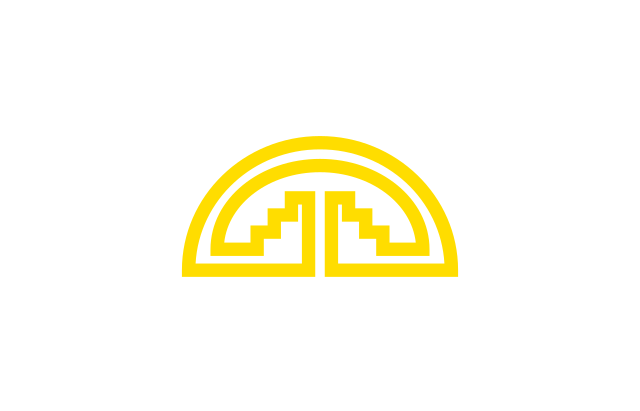- Acronym: CAN
- Type: Regional Trade Bloc
- Membership: 4 member states
- Establishment: Established on 26 May 1969
- Official Language(s): Spanish
- Headquarters: Lima, Peru
The Andean Community of Nations (CAN) is a customs union comprising the South American countries of Bolivia, Colombia, Ecuador, and Peru. The organization seeks to promote the balanced and harmonious development of member countries under equitable conditions through integration and economic and social cooperation.
Andean Community of Nations History
The CAN was established with the signing of the Cartagena Agreement on 26 May 1969. It was created with the aim of improving the standard of living through integration and economic cooperation. The founding countries were Bolivia, Chile, Colombia, Ecuador, and Peru. Chile left the bloc in 1976, and Venezuela was a member between 1973 and 2006.
Andean Community of Nations Structure
The structure of CAN includes:
- The Andean Presidential Council: The highest body, consisting of the presidents of the member countries.
- The Andean Council of Foreign Ministers: Works in conjunction with the Commission and has the power to make decisions.
- The Andean Community Commission: The main policy-making and decision-making body.
- The General Secretariat: The executive body of the CAN, in charge of the administrative management.
- The Andean Parliament: A deliberative body composed of representatives elected by direct vote in each member country.
- The Court of Justice of the Andean Community: Ensures the uniform application of the legal system.
Andean Community of Nations Membership
The CAN is currently composed of four member countries, all of which are located in South America. The organization also has several observer countries that participate in its activities.
Andean Community of Nations Objectives
Economic Integration
The CAN aims to improve the standard of living of its inhabitants through integration and economic and social cooperation. It seeks to achieve a harmonious development under equitable conditions among its member countries.
Development of Member Countries
The organization promotes balanced and autonomous development through economic integration. It also seeks to reduce external vulnerability and improve the level of employment in the member countries.
Trade Enhancement
The CAN works to promote a common market among the member countries, facilitating the free movement of goods, services, resources, and people.
Andean Community of Nations Funding
The funding of the CAN comes from contributions made by the member countries. The contributions and the general budget are decided based on the decisions made by the Andean Council of Foreign Ministers.
Andean Community of Nations Projects
Infrastructure Development
The CAN invests in infrastructure projects that enhance connectivity and integration among member states, such as road networks and energy interconnections.
Social Development Programs
The organization focuses on social development, including health, education, and the eradication of poverty in the member countries.
Andean Community of Nations Members
Member States
- Bolivia
- Colombia
- Ecuador
- Peru
Observer States
Several countries have observer status in the CAN and may participate in various activities and initiatives.
The Andean Community of Nations continues to play a significant role in regional integration and development in South America. Through its initiatives and projects, the organization fosters economic growth, social development, and integration among its member states, contributing to a more prosperous and united region.

